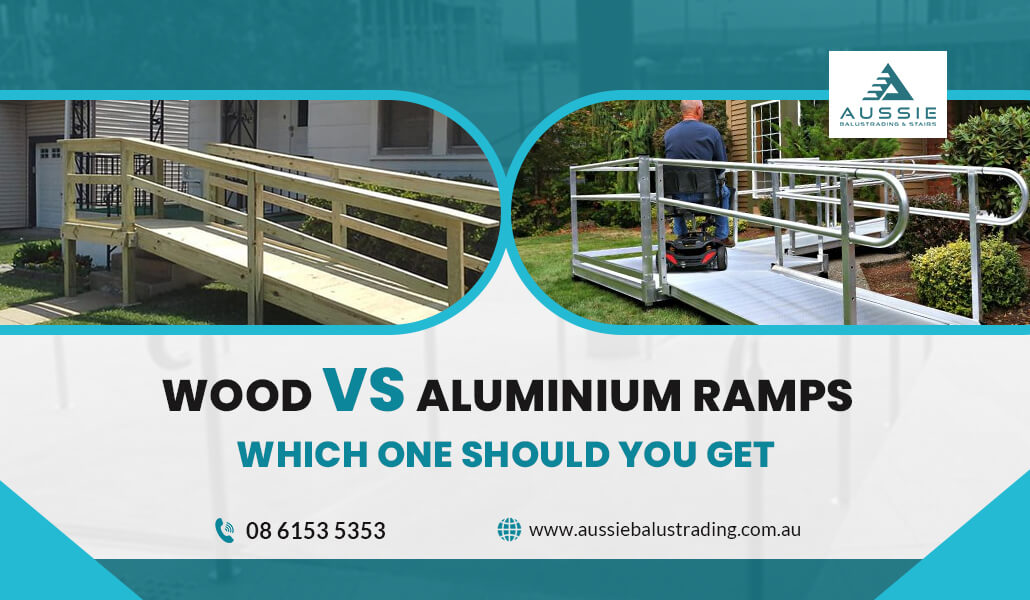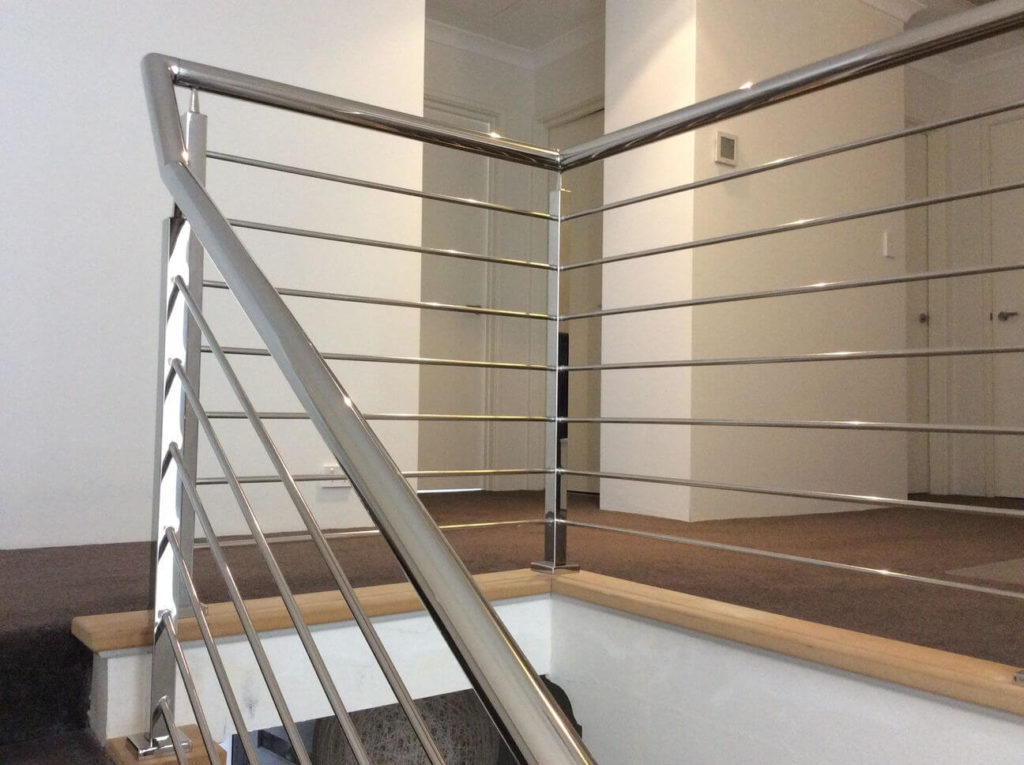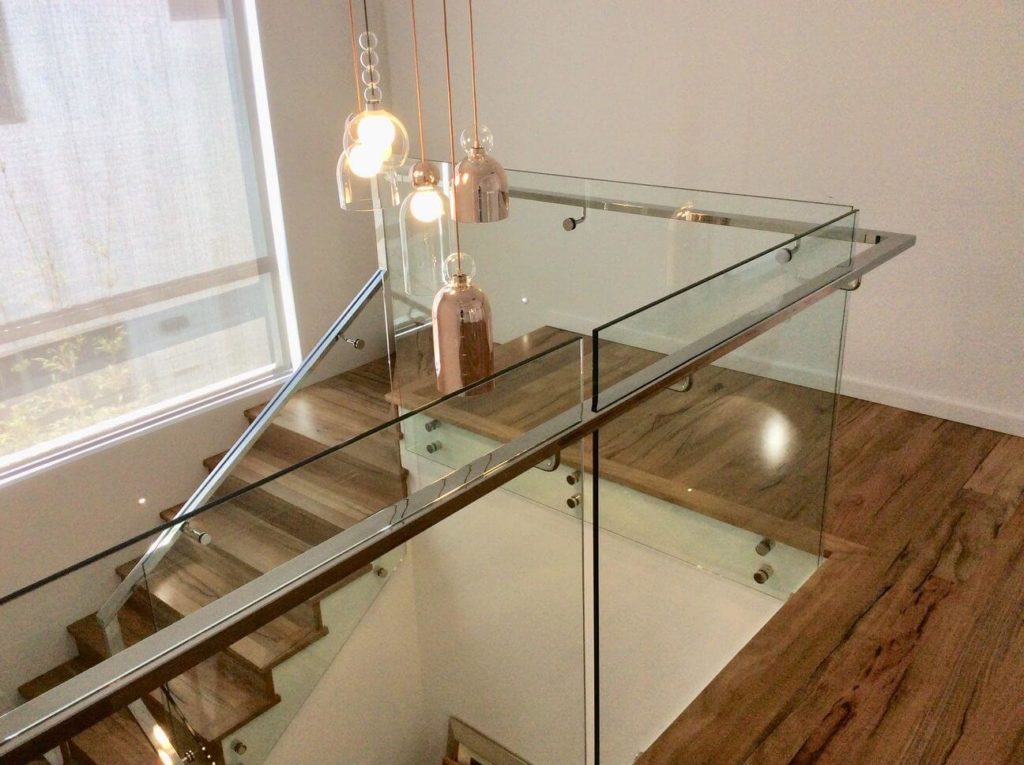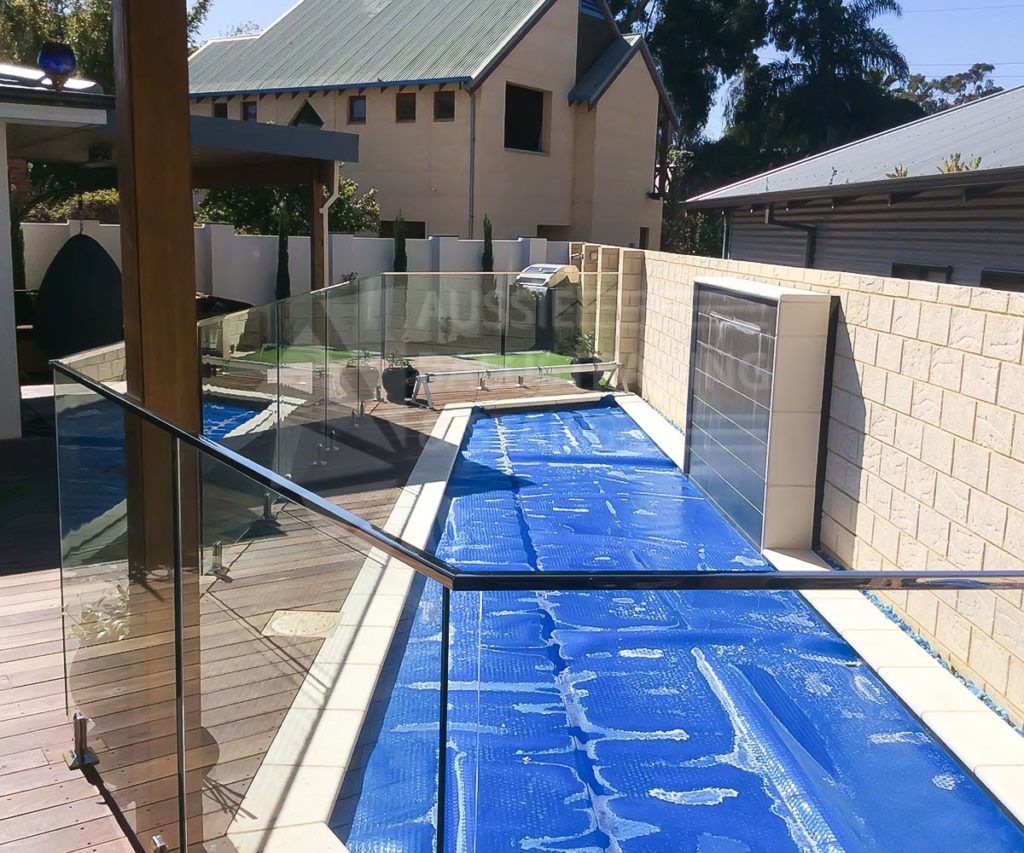There are various factors to think of when purchasing ramps for wheelchair access. Firstly, you have to decide what type of material to use. Often, manufacturers make these fixtures out of wood or aluminium. However, building a ramp means installing other parts like safety handrails and balusters.
Another consideration is the project cost—though it’s essential to keep track of expenses, it’s equally crucial to meet project specifications and ensure the safety of the building tenants and those using the ramp. If you’re choosing between these two types of ramps, here are questions to think about.
Wood vs. Aluminium Ramps—Which is Pricier?
The common assumption among people is that wood ramps are more affordable than aluminium. It is because the raw material for the former is cheaper. However, installing a wood ramp costs more, which leads to an increase in the overall cost.
Wood ramps cost approximately $108 per linear foot, meaning a 30-foot ramp will cost $3,250. Adding a 5’ x 5’ platform at the door bumps up the price to $3,830. That’s just for materials—installation costs would likely reach $1,300. Building the ramp would require you to hire two carpenters for two days of work, and they typically charge $40 each per hour. What’s more, you have to include the price of a building permit, which is usually $200.
Aluminium ramps are more varied. They come in different sizes and load requirements. For a 30-foot commercial ADA with a platform, materials will cost between $3,500 and $5,000. Installation won’t take more than five hours, and you could even do it yourself.
Which is More High Maintenance?
Wood is high maintenance and requires much to keep in good condition. Besides yearly restaining and repainting, you need to budget for termite treatment or prevention and regular replacement of warped and rotted pieces. You must also replace the non-slip tape on the walking surface since that will eventually wear down, making the ramp unsafe.
If wood requires frequent touch-ups, aluminium needs nearly zero maintenance. It never rusts, so it retains its structural integrity. The only thing you must worry about is clearing off debris, snow, and mud buildup on the ramp.
Which is Easier to Assemble?
It takes a while to build and install a wooden ramp. Besides the time it takes to set up the ramp, you would also need it to pass the requirements of your building inspector and the fire marshal. The only way you could satisfy building code requirements is by buying aluminium or stainless steel handrails and other components—if you’re doing that, better go with metal all the way.
You won’t have such problems with a prefabricated aluminium ramp. These usually consist of a walking surface, handrail pipes, and guardrails with balusters and standoffs. A prefabricated ramp is always faster to assemble than one built on-site.
Which Has Greater Slip Resistance?
Over time, wood acquires a slippery film due to the accumulation of moisture on its surface. You have to apply grip strips so people can climb them easily. However, even these need replacing—you would have to change these strips several times over the ramp’s lifetime to ensure that you meet Aged and Disability Advocacy Australia’s guidelines. Meanwhile, aluminium ramps have slip-resistant decking. This design provides more traction than wood, making them safer for use.
Conclusion
There are plenty of things to consider when choosing between wood and aluminium ramps. When you factor in the cost, maintenance needed, ease of assembly, and slip resistance, it’s clear that steel ramps are the better choice for most people. When looking for a ramp manufacturer, be sure you get one with experience in BCA and ADA-compliant builds.
Aussie Balustrading & Stairs is your trusted manufacturer of accessibility ramps in Perth and Western Australia. We combine safety and style, offering complete, custom solutions that fully comply with Australian building code standards. Request a quote or contact us for other enquiries!




